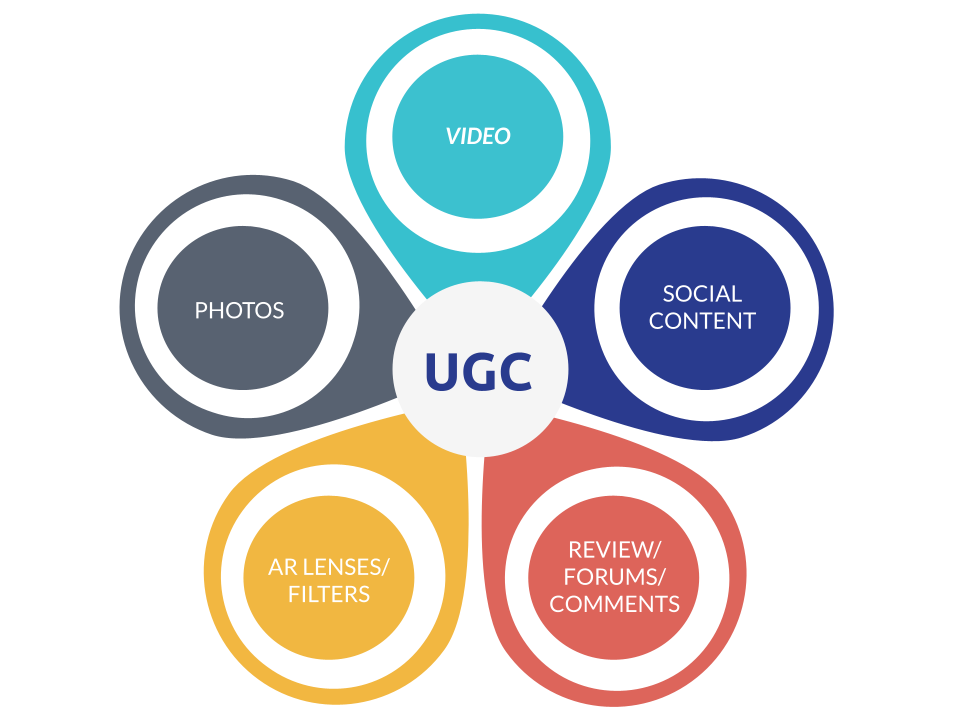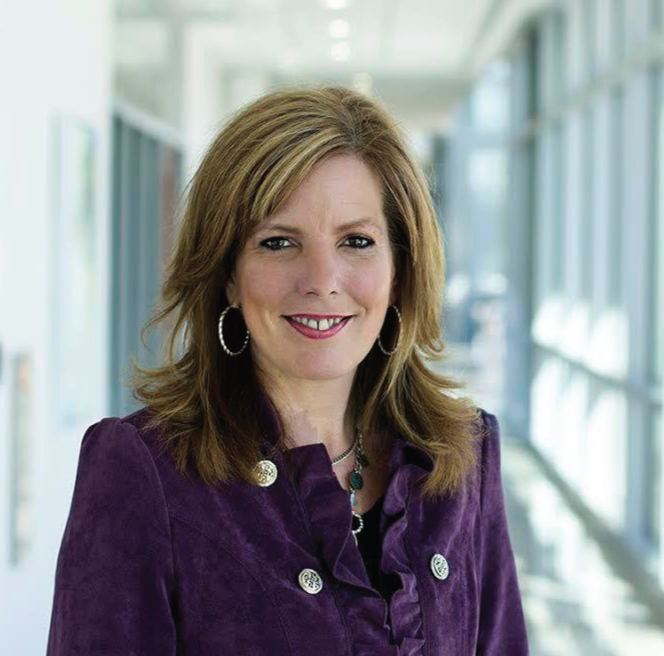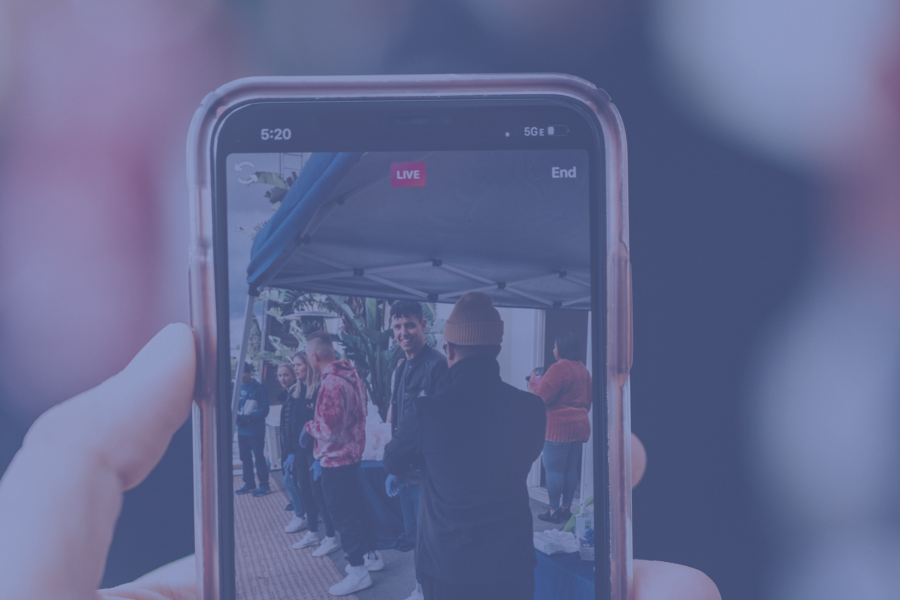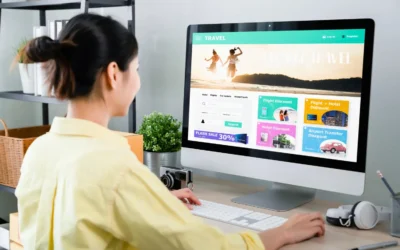I (Lori here) have been selling for over twenty-five years (maybe more if you consider the bags of dirt I used to sell to my neighbors when I was five years old). I moved into sales training early in my career and found that the number one challenge of sales individuals or teams is that they are starting from a place of mistrust. Trust is the foundation for beginning any relationship with a brand, so bridging perception with reality rarely happens in a time frame that your customer is willing to invest. Thus, lost opportunities and lost revenue.
I’ve learned to stop trying to convince the customer that you are trustworthy. SHOW the customer you are. How do you do that exactly? Well, you don’t. Your customers do – those who know you, your brand, and your impact. People buy from people like them. If a CEO is your target, she would benefit from hearing from other CEOs who have worked with you and your brand. Humanizing your brand used to be costly and difficult, but today, using powerful messages from your customers or partners is much simpler, and it’s called User-Generated Content (UGC).
UGC is at the forefront of creating a connection with your customers throughout the entire path to purchase. Authenticity is created by having real customers communicate your value to other potential customers.
- An estimated 90% of consumers say user-generated content (UGC) holds more influence over their buying decisions than promotional emails and even search engine results
- Consumers are 2.4x more likely to say user-generated content is authentic compared to brand-created content (Stackla, 2020)
- One challenge many brands face is keeping a prospect’s interest long enough to make a purchase. However, according to a recent report, when consumers are presented with user-generated content during the buying process, the conversion rate increases by 4.6% (source
At BlueSky Commerce, we believe UGC is so important that we are creating an ongoing series of blogs to include tips, tools, and strategies for creating content – starting with video. Videos are essential to creating authentic content. There’s a time and place for high-spend videos, and our video team is worth every penny to create them. However, UGC and authentic content are about being REAL. The focus is on the message, not necessarily about the production value. So, how can you, the brand, capture your customer testimonials, employee testimonials, or product testimonials on your own?
Our Video and Interactive Strategist, Mike Malott, lays out the fundamentals below:

Tips for filming for your target audience.
You’re the star and the face of the company! When you’re putting together a video for your company to share on social or the web, it’s important to remember that you are the face of the company at that moment. Maybe the first video a prospective client watches is your video! Super exciting, right? No pressure. Remember the simple acronym “SET” the next time you’re on set of any production, big or small, in front of the camera.
Smile. It is such a simple thing to smile, but it’s most often the first thing that falls off someone’s face while they’re recording a video – especially if you’re using methods similar to a teleprompter. It is so easy to roll through the segment and completely forget to smile and look like you’re enjoying yourself. And it isn’t considered a problem until you’re in the cutting room and notice “Boy, I do not look happy.” Then what? You guessed it – re-record the entire thing. It is so important to be upbeat and show that you have a real passion for what you’re discussing during the segment. Please remember this during recording. Be upbeat and happy to be there.
Energy. Remember that there will be someone on the other end of that video and it’s important to keep their attention during the entirety. Even if someone isn’t as passionate about a subject as you are, your passion will shine through by smiling, using body language, and showing a true interest in the topic at hand. Passion can be super contagious, so you never know, by the end of the video you could have sparked an interest in the viewer’s eyes that they didn’t have to go in.
Something that always comes to mind when expressing how to maintain appropriate energy on film is this scene from Mrs. Doubtfire. Robin Williams’ character Daniel is a voice actor down on his luck and currently working as a janitor after hours. Watching nearly the entire production crew fall asleep during the previous filming of a children’s program with its current unenthusiastic host, Daniel decides to take advantage of the empty studio and have a little fun. Little did he know, the head of the studio was still in the building and happened upon Daniel’s playing around. The resulting antics land him a gig as the replacement host. The point is, you don’t have to be over-the-top, but you’re speaking about this topic for a reason – you obviously care about it so act it out! Know your audience and show your passion.
Topic and Time. It’s no secret that many interviews and talking heads segments consist of jump cuts. It’s natural to fall off course and begin traversing into peripheral conversations or tangents. You’re entirely allowed to do that during recording sessions. What’s important in post-production is to know when to cut the tangent out. Remember that your chance of getting someone to listen to your entire segment wanes with each second that ticks past. Very short tangents that are crucial to the story are fine, but keep the longer ones on the cutting room floor and out of your video completely. Videos are all about conveying more information to our audience in less time than it takes to read – with entertainment factors to boot. Concision is key. To help this, you can do what’s called a ‘Cold Open’ at the very beginning of your segment to help keep the audience engaged right off the bat. Grab a really juicy bit of info from within your segment and place it at the beginning to hook them into wanting to watch the rest. More on Cold Opens here. Want to dive deeper into audience engagement regardless of platform? Check out this article (with video) from Viewership.com or this article from StudioBinder.
Remember, SET it and don’t forget it.
Video Quality
Many smartphones today have come a long way, but still are not up to the standards of high-quality DSLR-style or cinema cameras. The preferred standardized frame rate and resolution for any talking head videos we film is 4K at 24 frames per second (fps). Steps on how to set your iPhone to the proper resolutions and frame rate: Settings > Camera > Record Video > select “4K at 24 fps”.
Because OSs on some smartphones have not caught up to standards of video, you may be limited to 4K at 30 fps or even 1080p at 30 fps, and that is fine. We kindly ask that you do not select 720p/480p at 30/60 fps. This will help us show the best side of your brand.
Tips for filming for your target audience. As we’ll discuss in “Your tone in front of the camera”, your audience must enjoy watching you. When you’re ready to film, please consider the platforms on which your video will be showcased:
- For Instagram – videos should be under one minute, filmed in portrait orientation (vertical). Stories are always fun to create. If you just need a quick burst about something, IG Stories give you 15 seconds (portrait orientation as well) to get your point across and are live on your profile for 24 hours from posting. Any stories recorded over 15 seconds are broken up to fit the story format in subsequent 15-second clips. Stories are great because they can be featured in a highlight reel on your IG profile to be viewed indefinitely after the 24-hour window.
- For LinkedIn – videos should be under three minutes and can be filmed in either portrait orientation (vertical) or landscape orientation (horizontal). LinkedIn has also begun utilizing stories in a more professional setting – more info on that here.
- For blog and YouTube use – videos can be longer form but unless they are a deep dive into the topic, should be no more than five minutes and should be filmed in landscape orientation (horizontal). As with IG and LinkedIn, YouTube is also utilizing stories as a bite-size way to get quick use from short videos. More on that here.
To recap, our industry experience and research have led us to the following best practices. Not only will following these help us maintain uniformity with your brand messaging, but it’ll also keep you looking your best on set. Please film in either 4K or 1080p at 24 frames per second (fps). If you do not have an option for 24 fps, please use 30 fps.
Music Selection and Usage
Licensed (or free with Creative Commons licensing) music tracks are one of the most important and highly subjective components to any cut. It’s something that gets noticed but it should never take center stage – that limelight is on you. We cannot stress enough, how incredibly important it is that your music selection matches your tone. While we’re not making Hollywood blockbusters (at least not yet), it’s important to treat each video as an important cornerstone in your company’s arsenal of information. Think of it like this – could you imagine listening to The Godfather with its old-world orchestral score replaced by one that’s light and fluffy with no real gravitas? Or Toy Story with Randy Newman’s “You Got A Friend In Me” replaced by the metal score from Pacific Rim? You get my point. When choosing a song, it’s also best to refrain from using music with vocal tracks as they could muddy the dialog from your interview, making it difficult to understand. Music should be used on an as-needed basis and not overly loud. Use the leveler in iMovie or your non-linear editor (NLE) of choice to pull the musical tracks down enough to hear your voice over.





